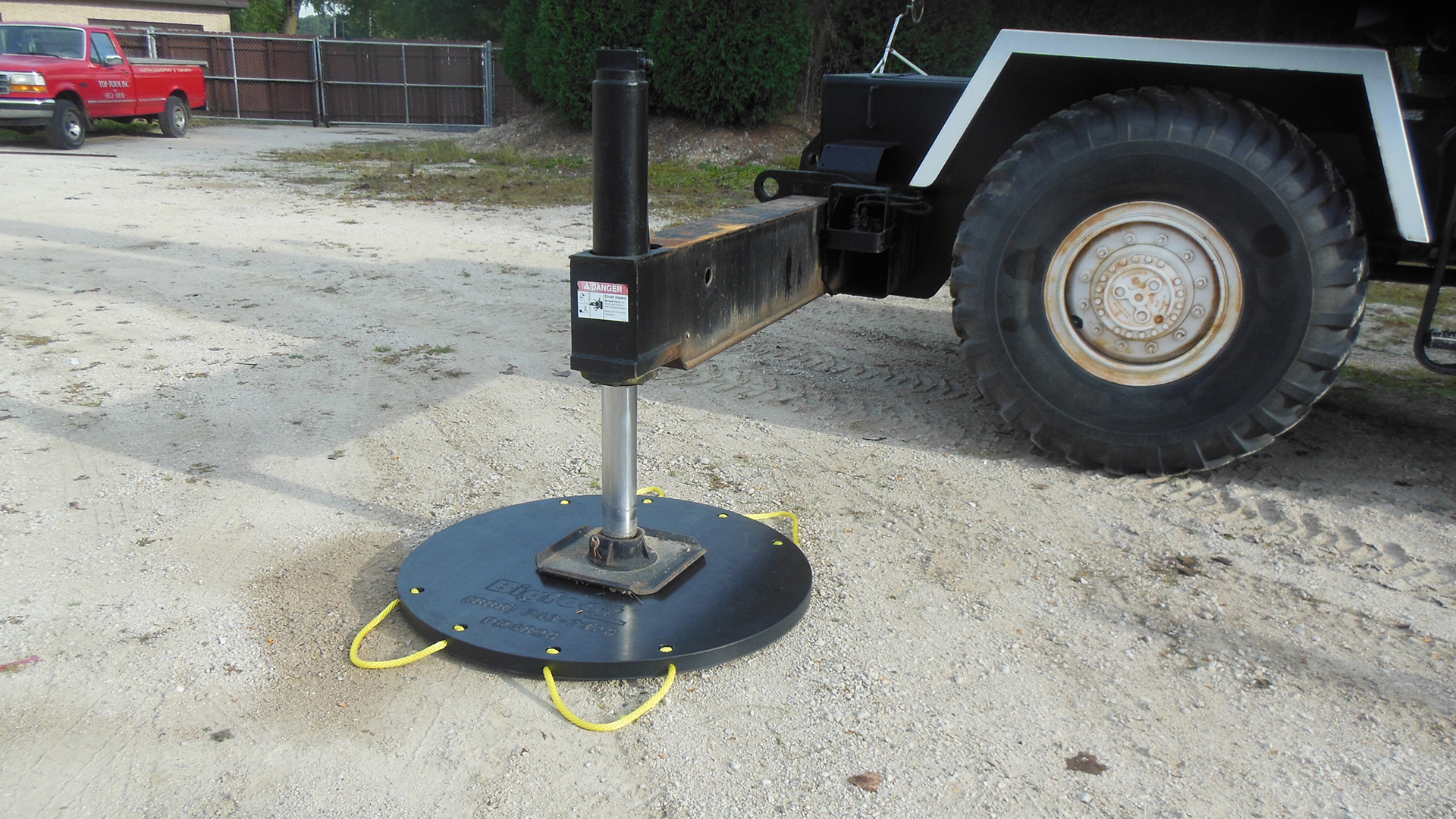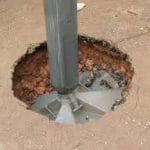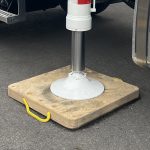Ground Conditions: The Crucial Factor for Crane Operators Before Setup
September 11, 2024
General Information, Ground Conditions, News

In the construction and heavy lifting industries, the role of a crane operator is both challenging and critical. One of the key responsibilities that often gets overlooked is the assessment of ground conditions for outrigger pads before setting up a crane. Understanding and evaluating the ground conditions is paramount to ensuring the stability, safety, and efficiency of crane operations. This blog post delves into why ground conditions matter so much and what every crane operator should know before beginning a setup.
The Importance of Ground Conditions
Stability and Safety

The foundation on which a crane operates significantly influences its stability. Soft, uneven, or unstable ground can cause the crane to tilt, topple over, or even punch through the ground, leading to potentially catastrophic accidents. By thoroughly assessing the ground conditions, operators can make informed decisions about the placement of outriggers and the need for additional support measures, such as crane mats or specialized outrigger pads.
Load Distribution

Cranes exert enormous pressure on the ground through their outriggers. Knowing the ground conditions helps in determining the appropriate measures to distribute the load effectively. This is particularly crucial when dealing with heavy lifts or operating on less-than-ideal terrain.
Regulatory Compliance

Many regions have strict regulations and standards governing crane operations, including requirements related to ground conditions. Failing to adhere to these can result in fines, legal issues, and a tarnished reputation. Most importantly, negligent outrigger load distribution can result in severe harm to personnel and even death. Understanding and documenting ground conditions ensures compliance and demonstrates a commitment to safety.
Key Factors to Consider
- Soil Composition and Strength: Different types of soil (sand, clay, silt, gravel) have varying ground bearing capacities. For instance, sandy soil can shift under pressure, while clay can hold moisture and become unstable. Conducting soil tests or consulting geotechnical reports can provide insights into the soil’s ability to support the crane.
- Ground Bearing Capacity (GBC) and Allowable Ground Bearing Pressure (AGBP): Conducting such test or just knowing the soil type will give a Ground Bearing Capacity (GBC) which is the amount of PSI/PSF the ground can take before failure. Identifying this information along with the weight of the equipment being used allows the user to consult with the outrigger pad manufacturer for the adequate sized outrigger pad that broadcasts the weight safely. In other instances, an Allowable Ground Bearing Pressure (AGBP) is required, this is a PSI/PSF requirement by the company in charge of the job that is specified in the lift plan which will be well below the actual GBC of the soil. This is a more advanced metric required on more heavy duty lifts which is typically defined in the lift plan.
- Moisture Content: Wet or saturated soil significantly reduces its load-bearing capacity. Rain, recent flooding, or high water tables can all impact the ground’s stability. It’s essential to account for current and forecasted weather conditions when evaluating the site.
- Surface Topography: Uneven or sloped surfaces pose additional challenges for crane setup. It may be necessary to level the ground or use specialized equipment to ensure a stable base. This might include the use of cribbing, shoring, or engineered mats to create a suitable platform.
- Underground Utilities and Obstructions: Before setting up a crane, it’s critical to identify any underground utilities, such as gas lines, water pipes, or electrical cables. These not only pose safety risks but can also affect the ground’s stability. A thorough site survey and consultation with utility providers can prevent accidental damage and ensure a safe setup.
- Previous Site Usage: Understanding the history of the site can offer valuable insights. Sites that have been previously excavated, filled, or compacted may have varying ground conditions that affect stability. Historical records and geotechnical surveys can help in assessing the suitability of the ground for crane operations.
Best Practices for Assessing Ground Conditions for Outrigger Pads
- Conduct a Site Survey: Perform a detailed survey of the site to identify potential hazards, ground composition, and topography. Use tools like soil testing kits, ground-penetrating radar, and visual inspections to gather data.
- Consult with Experts: Engage geotechnical engineers or soil specialists to analyze the ground conditions and provide recommendations. Their expertise can be invaluable in ensuring a safe and stable setup.
- Use Appropriate Support Systems: Based on the ground conditions, select the right support systems, such as crane mats, steel plates, or high-quality outrigger pads. These will help distribute the load and provide a stable base for crane operations.
- Regular Monitoring: Ground conditions can change over time, especially with varying weather conditions or ongoing site activities. Regularly monitor and reassess the ground conditions throughout the duration of the project to ensure continued stability.
Conclusion
Understanding and assessing ground conditions before setup is not just a best practice—it’s a necessity. It ensures the safety of the crew, the integrity of the equipment, and the success of the project. By taking the time to evaluate the ground conditions for outrigger pads thoroughly and implementing appropriate measures, accidents can be prevented. Additionally, compliance with regulations and optimal efficiency for the job will be achieved. Remember, a stable foundation is the key to safe and efficient lifting.

